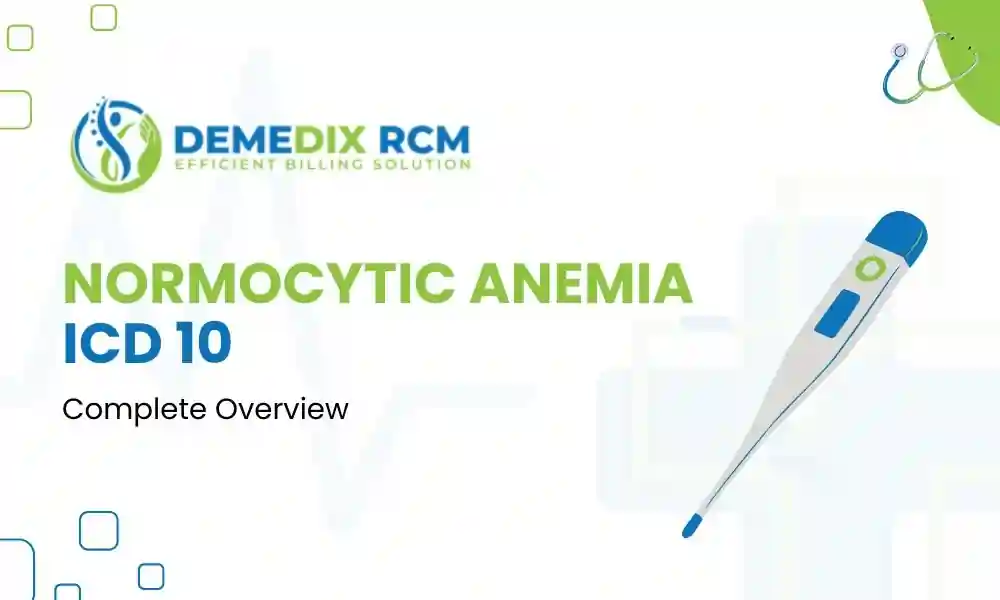A-Fib ICD 10
A-Fib ICD 10 A-Fib ICD 10 refers to all the different categories of codes that use International Classification of Diseases to describe the precise diagnosis atrial fibrillation in patients’ medical records. It plays a crucial role in the healthcare process, enabling physicians, medical billers, and insurance companies to decode diagnoses and subsequently determine steps taken […]










